The Google Pixel 6 and Pixel 6 Pro were unveiled in early August this year and are claiming to be this year’s sensation. Of course, this is primarily due to the new Google Tensor SoC. The new chipset has Whitechapel codename for the specs. Official Tensor name comes from Tensor Processing Unit (TPU). As known, this AI accelerator application-specific integrated circuit (ASIC) was developed by Google for neural network machine learning using own TensorFlow software.
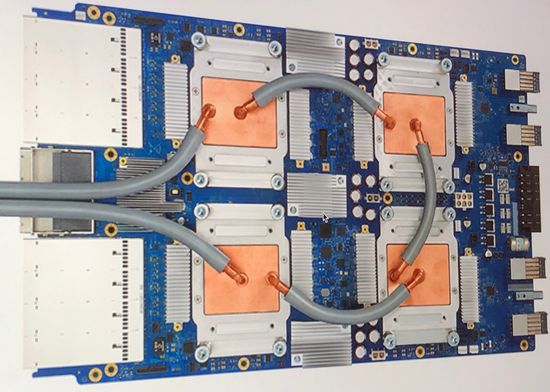
According to some experts, the Pixel 6 series could become the company’s biggest flagship since the Nexus days. It includes Pixel 6 & Pixel 6 Pro. But in terms of the name, the company has only replaced the traditional XL abbreviation in previous series with a Pro.
The expected price of the Pixel 6 will vary in the $ 800- $ 900 range. The Pixel 6 Pro will cost about $ 200 more. These prices are more than competitive compared to new Android flagships from Samsung, OnePlus, and Xiaomi.
Detailed announcements are typical for Asian companies. American corporations usually keep the specs of new products a secret until the last moment. This tactic was first used by Apple and continues to this day. But this year Google has changed this tradition and provided a fairly detailed announcement of its new flagships.
Pixel 6 vs Pixel 6 Pro
In contrast to the minimalist Pixel 5’s ‘just black’ and ‘sorta sage’ style, the new 6 series offer multiple splashy colors with glossy metal highlights.
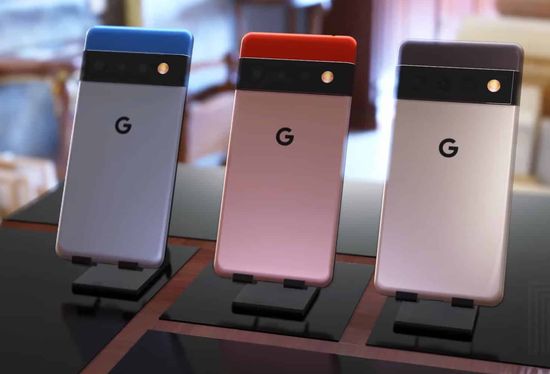
Their cameras use significantly more large sensors and lenses. The developers even had to position them on the raised bar on the back side of phone nexus 6P-inspired. Moreover, they occupy the entire width of phone.
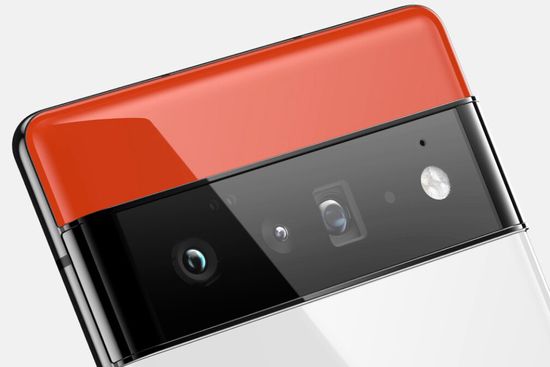
The imaging system of the new flagship is also significantly improved.
First of all, the models differ in screens.
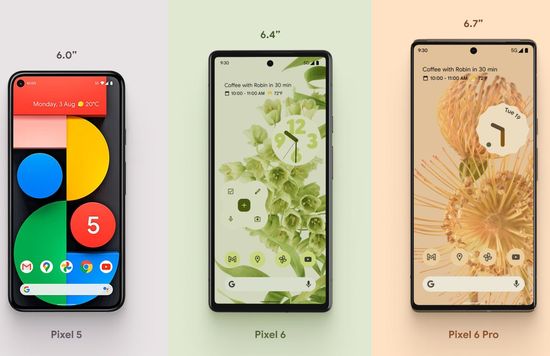
The Pixel 6 uses a flat 6.4-inch AMOLED display with FHD+ (1080 x 2340) resolution and 90Hz refresh rate. Its size is 100.5 cm² (~ 83.5% screen-to-body ratio) with ~403 ppi density. The Pixel 6 Pro will use a 6.71-inch AMOLED QHD+ (1440 x 3120) screen with a 120Hz refresh rate and slight curves around the edges. The size of the screen surface reaches 110.5 cm² (~ 89.0% screen-to-body ratio) at ~512 ppi density.
Both smartphones have a sub-screen fingerprint sensor and Titan M2 security chip. The battery capacity is designed for one day.
The cameras are the second difference. Pixel 6 Pro uses main, wide-angle and telephoto modules with x4 optical zoom. The Pixel 6 has no telephoto.
According to Prosser’s report, the Pixel 6 will have 8GB RAM and 128GB / 256GB storage, and the Pixel 6 Pro – 12GB RAM and 128GB / 256GB / 512GB storage.
Other differences include dimensions 158.6mm x 74.8mm x 8.9mm vs 163.9 x 75.8 x 8.9mm (without camera bump), and selfie camera 8MP vs 12MP punch-hole.
Google Tensor SoC
Of course, the Google Tensor SoC with a separate module for AI algorithms has become a key feature of this series. Google has been successfully using a similar solution in its data center servers for a long time. Tensor SoC will be the first for mobile devices and should significantly increase their performance.
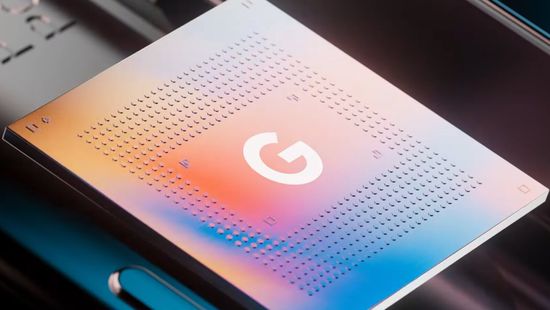
At the presentation, the company demonstrated the effective work of Google Translator, which recognizes text and at the same time supports editing it on the screen.
For its designation, previously the company used the codename Whitechapel. Tensor chipset is based on Samsung’s 5nm LPE process, uses a custom NPU (neural processing unit to handle AI tasks) and ISP (image signal processor). According to Google’s Sundar Pichai, the company has been developing this chipset for four years. It should significantly expand the capabilities for the camera, speech recognition, voice commands, translation, captioning, and dictation.
In addition, the new AI-backed Google Tensor chipset should significantly improve video recording, and may well reach the level of the Apple iPhone.
Max Weinbach from Android Police positions the Tensor performance between the Snapdragon 865 and Snapdragon 888, which roughly matches the Snapdragon 870.
Moreover, the Pixel 6 lineup will support ultra-wideband (UWB) connectivity and the most efficient mmWave 5G technology (frequency spectrum between 24GHz and 100GHz) in select regions.
According to the company, the new M2 security chip supports maximum number of hardware security levels compared to all other current models.
Android 12, battery life & camera
Of course, confirmation of rumors of guaranteed 5 years of software updates for the Pixel 6 will be a significant bonus for the new series.
Android 12 out of the box also promises to be one of the bonuses of the new series. This version has a new notification shade, privacy dashboard, one-handed mode, a wallpaper-based theming system, etc.
For example, the wallpaper-based Material You theming system takes colors from your wallpaper and slaps it across almost every UI element, including the lockscreen clock, quick settings, home screen icons, etc.

In fact, this function changes the theme with a simple changing wallpaper.
As known, Google Pixels usually provide a small battery life. But Pixel 6 promises to change this tradition. According to Max Weinbach, the Pixel 6 Pro will use a huge 5,000mAh battery, but Pixel 6 – a smaller 4,500mAh battery.
Of course, this series will support faster wired and wireless charging. In particular, according to 91mobiles, the new flagship devices could support 33-watt fast wired charging. Android Police announces compatibility with 23W wireless charging stations.
The Pixel has long been positioned as one of the best camera phones on the market, and the 6 series continues this tradition.
The new camera platform in Pixel 6 Pro will have an 50MP wide-angle camera instead of the 12.2MP sensor in the previous model, a 12MP ultra-wide-angle lens, and a 48MP periscope-cum-telephoto lens with 4x optical zoom and LED flash. The Pixel 6 uses a similar set of modules, but without the telephoto lens.
Conclusion
Pros
– Android 12 with 5 years of software updates;
– innovative Google Tensor SoC with a separate module for AI algorithms;
– 5,000mAh battery for Pixel 6 Pro;
– new cameras platform in Pixel 6 Pro;
– new Titan M2 security chip;
– stylish design;
– mmWave 5G support (for some regions).
The Pixel 6 platform can quite realistically become a gigantic leap forward in terms of performance, power, features and design. Google Tensor SoC and Android 12 with guaranteed software updates can be decisive factors in the fight against the most famous competitors. Of course, the real price will become one of the main factors of its competitiveness. But according to preliminary data, it will be lower compared to the new Android flagships from Samsung, OnePlus, and Xiaomi. In particular, the expected price of the Pixel 6 will vary in the $ 800- $ 900 range, but the Pixel 6 Pro – about $ 200 more.
By the end of this year, Google plans to start selling the Pixel 6 series in USA, Canada, Australia, United Kingdom, France, Germany, Japan and Taiwan.
This video contains the official trailer of Google Pixel 6.
Pingback: New Google Tensor SoC Review - The Appliances Reviews
Pingback: Best new Android 12 features Review - The Appliances Reviews
Pingback: Premium Galaxy Z Fold 3 at ridiculous price in exchange for four old Samsung devices. Review - The Appliances Reviews